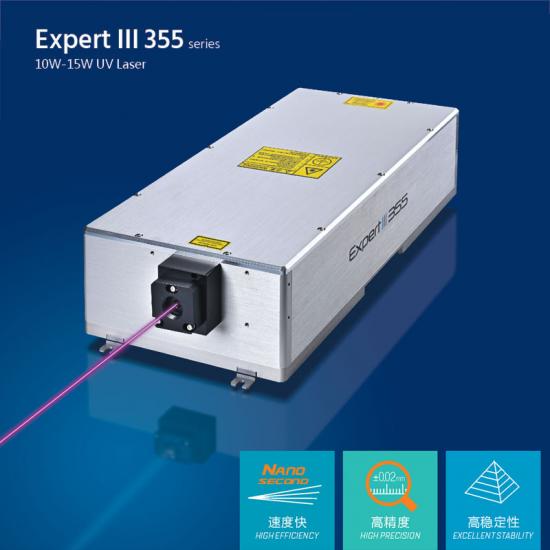How do high power ultraviolet lasers work?
Oct 31 , 2022How do high power ultraviolet lasers work?
UVs span from 150 to 400 nanometers. This is a short wavelength for a laser, and that has a lot of advantages.
The short wavelength translates to a small spot size, which in turn means great spatial resolution. UV lasers can also cut and mark with almost no thermal distortion. What’s more, they are compatible with a plethora of materials. All this combines to make them the go-to laser for sensitive high-precision applications.
On the flip side, getting a UV laser up and running has required some hard work from the scientific and engineering community.

First of all, the optics required are very special, because UV light quickly degrades traditional optics and is very sensitive to defects. Not to mention that generating a laser beam of UV wavelength is a challenge in and of itself. A problem to which the world has found 2 distinct solutions.
Gentec-EO's high-accuracy laser beam measurement instruments help engineers, scientists and technicians in all sorts of laser applications from the factory to the hospital, laboratory and research center. Learn about our solutions for these measurement types:
Laser power meters
Laser energy meters
Laser beam profilers
Terahertz power meters
HIGH-QUALITY UV-RESISTANT OPTICS
Because of its short wavelength, ultraviolet laser light is easily scattered and distorted by even weak surface roughness or bubbles. Therefore, only high-quality optics can be used for UV lasers.
The fact that UV light quickly degrades traditional optical components further limits the options available to laser designers. In fact, UV degradation isn’t something only laser designers have to take into account. Laser detectors also need to withstand the continued onslaught of UV rays and this is what makes pyroelectrics detectors a good fit for measuring UV.
One common example of optics degradation by UVs is a phenomenon called solarization, which greatly impacts the transmittance of many glasses, alters their color and physical properties, and eventually renders them useless.
GENERATING UV LASER LIGHT
You may think it’s as “simple” as finding a material that lases at the right wavelength and then pairing it with UV-resistant optics. And you wouldn’t be wrong. That is a solution. It’s the one behind excimer lasers.
There is another approach, which doesn’t involve directly generating UV light. Instead, a more commonly available laser beam is passed through frequency-conversion crystals, converting it into UV. This solution is often referred to as DPSS UV lasers (diode-pumped solid-state).
METHOD #1: DIRECT GENERATION OF ULTRAVIOLET LASER (EXCIMER LASERS)
Noble gases typically don’t interact with other elements. However, if they are excited (by an electrical discharge for instance), they can bind to other atoms to form a very short-lived molecule called an excimer.
Excimers emit photons of UV wavelength to release excess energy and return to their ground state. Because this photon emission happens very quickly, high pump powers must be used to achieve population inversions (a precondition to lasing).
Excimer lasers can provide the highest powers and the shortest wavelength of all UV lasers. However, the setup is large and complicated, requires a lot of maintenance, is not particularly efficient, and produces a laser of low beam quality.
METHOD #2: GENERATION OF ULTRAVIOLET LASER VIA FREQUENCY CONVERSION (DPSS LASERS)
Diode-pumped solid-state (DPSS) lasers, such as YAG lasers, are industry workhorses that can produce beams of high quality. However, the crystals available for DPSS emit wavelengths in a limited range (that does not include UV).
Thankfully, frequency conversion crystals can be used to convert the DPSS laser lines into shorter wavelengths. One common conversion is a frequency tripled 1064 nm YAG, which results in a 355 nm UV laser beam of high beam quality.
The Beamage profiling camera’s UV converter actually uses frequency conversion in reverse to accurately image UVs and even X-Rays without risking any damage to the optics.